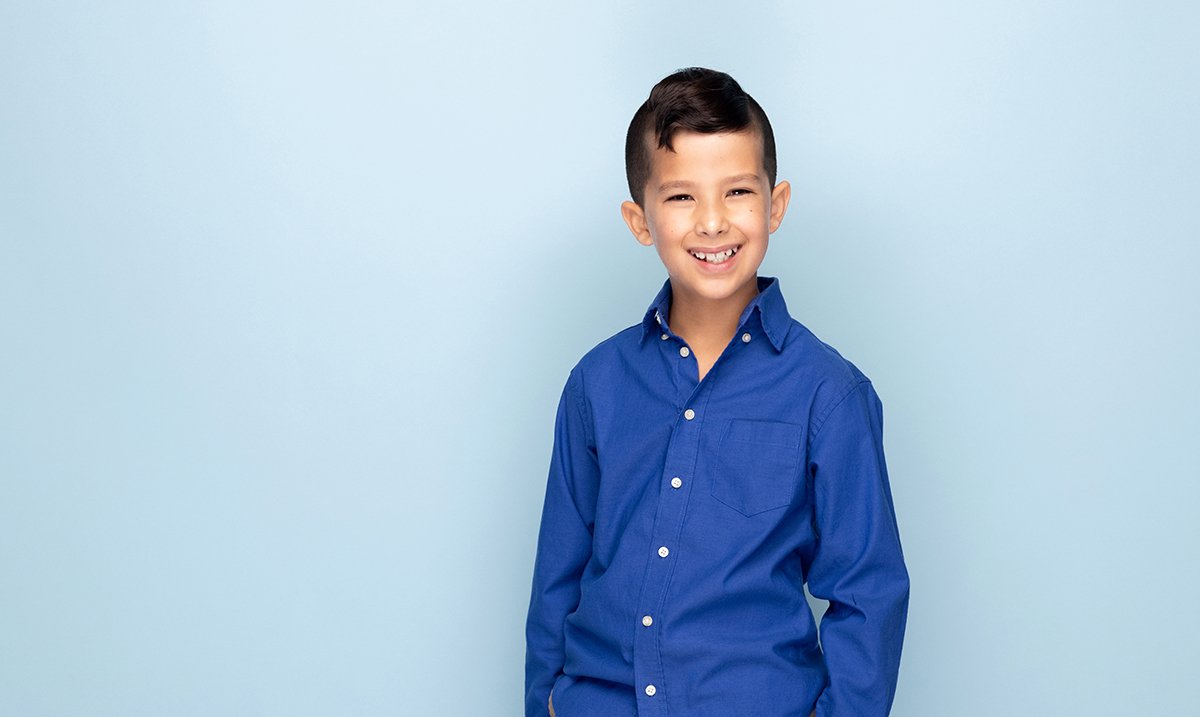Is Orthodontics as Simple as Straightening Teeth?
For any parent, taking your child to get braces can bring up many questions. As a trusted and award-winning New Jersey orthodontist office for decades, Dr. Patrick Cuozzo and the team at Cuozzo Orthodontics are here to answer any and every question you might have. From the most common questions like, “Do braces hurt?” and, “Do braces leave marks on teeth?” to more in-depth questions, our specialists take pride in helping patients and parents alike feel comfortable and confident in the journey to straight teeth.
If you’re wondering, “Is orthodontics as simple as straightening teeth?” the answer is that while getting straight teeth is certainly part of the deal, there is a little bit more to it.
Two Parts to Orthodontics
Orthodontics is a specialty of dentistry focused on safely and correctly aligning teeth. The American Dental Association explains, “The purpose of orthodontic treatment is to create a healthy bite—straight teeth that properly meet opposing teeth in the opposite jaw.”
Orthodontists focus not only on aligning the teeth but also on the very important practice of dentofacial orthopedics. The study of dentofacial orthopedics involves moving and adjusting the bones in the mouth to achieve proper occlusion between the top and bottom jaw. Occlusion refers to how the top and bottom jaw meet when closing the mouth. In other words, making sure you have a correct bite is just as important as aligning your teeth. In fact, doing one without the other often leads to an unstable result that can lead to problems later in life.
How Do Orthodontists Fix Both Tooth Alignment and Bite?
While Orthodontists use tools like braces and aligners to straighten the teeth, other appliances are used in conjunction with them in order to correct the bite. In some cases, appliances like palate expanders and headgear are used at a younger age to change the growth patterns that leads to malocclusions to continue to develop. In other cases, elastic bands are worn with braces or aligners to get the jaws to fit together correctly. Which of these is needed is really dependent on the patient's individual case, and a certified Orthodontist with experience in dentofacial orthopedics is the best person to ask.
Visiting a Dentist vs. Visiting an Orthodontist
While it's true that orthodontics may fall within the profession of dentistry as a whole, general dentists don't specialize in orthodontics. Orthodontists have additional schooling, training, and certification, solely and specifically in the science of straightening teeth and aligning jaws. Some dentists may offer orthodontic services, but parents may want to consult with an orthodontist. That’s not at all a knock against dentists. It’s just a fact and an important difference.
The Best Age for Braces
Every parent also wants to know that they're not taking their child for braces too soon or, to the contrary, too late. So, what's the best age for braces? At our practice, we treat to the dental age rather than to the chronological age. What does that mean? We find that we are able to treat most patients in less time overall if we wait to start braces until most or all of the baby teeth have fallen out, and the permanent teeth are in. For most patients, that means around 10-12 years old. However, earlier monitoring is key to identifying the right age for braces for each individual patient, since it's also possible for a patient to have an advanced or delayed dental age. It's recommended that you take your child for their first orthodontist appointment around age 7 or 8 to get a baseline on not only their dental age and the eruption of their teeth, but also on how the growth of their face and jaw is progressing.
Learn more about our early observation program and schedule your complimentary consultation at Cuozzo today. In the meantime, you can also explore orthodontics options for children here on our website.

